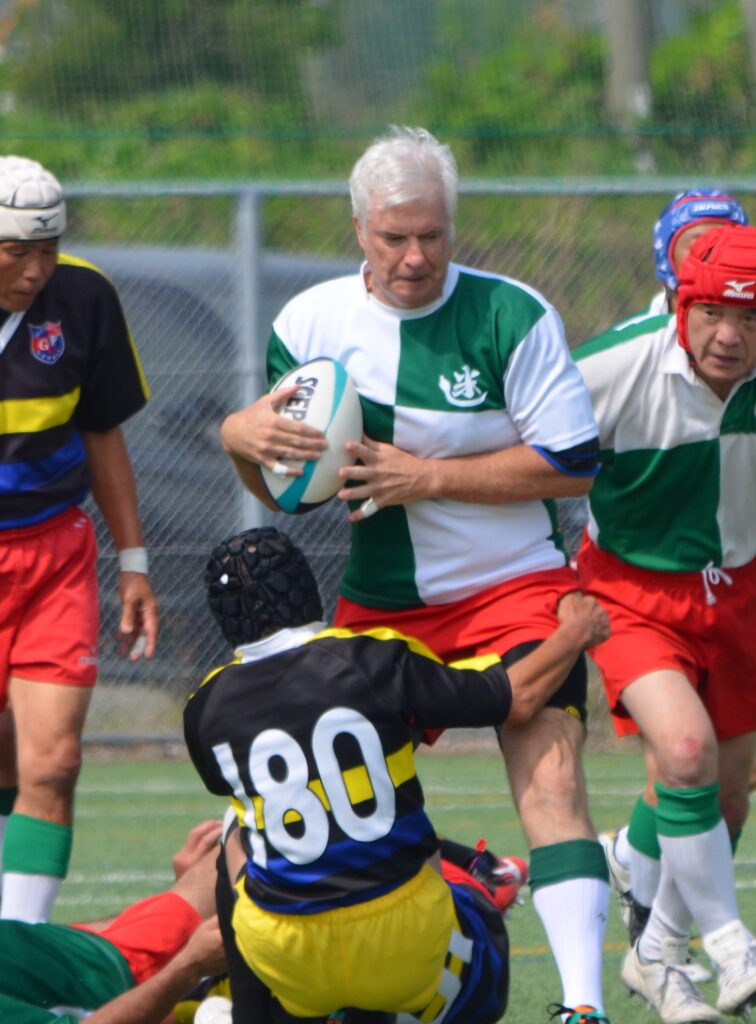Raising an interpreter
You can say that there are two types of interpreters/translators – those who grew up with both languages, and those who didn’t. I fall into the latter category, growing up on a farm in central west NSW, far away from anything remotely resembling a foreign language. But a life-changing first trip overseas in the early eighties and a series of unusual events set me on the path to learn Japanese, and a NAATI accreditation. Fast forward a few years I found myself married with three children, and a determination to raise them bilingual, giving them the opportunities that I never had, so I set off on the life work the goal of “raising an interpreter”.
The first hard thing for me was to realise that my kids’ native language was going to be the LOTE, and not English. We were living in Japan and I had seen a number of bi-cultural adults who had an 80% grasp of both languages – sort of good in both but not fully literate. To be a professional translator or interpreter you need to have a native language you are 100% literate, and then try and get the LOTE (or English) as close to 100% as possible. I filled my house with English books: Dr Seuss, Tintin, The Phantom, Blinky Bill and read to them every night, trying to make English “fun”.

The second big phase was in 2003 when I sent my wife and kids back to Australia for a year to go to primary school in grade 6, 4 and 1. It was hard for me being “home alone” in Japan, but the knowledge that the sacrifice would be invaluable for my kids kept me going. For the first six months they were classed as migrant kids, but young children have flexible minds and soon they were able to speak accent-less Aussie English. That year just happened to be the year of the Cricket World Cup, Rugby World Cup and the local team, Penrith Panthers, won the NRL final. My boys were immersed in sport and on returning to Japan continued to be involved in following rugby in English, which gave them a perfect knowledge of the topic in both languages, something that has continued to this day.
However on returning to Japan, I found that my daughter in year 6 had suffered a bit doing the “easier” Australian curriculum, and then on returning to the Spartan Japanese Junior High School curriculum fell behind in maths. My youngest son who was in year 1 picked up English very quickly, but on returning seemed to lose it quickly. However, my middle child who did year 4 in Australia thrived, but had another two years to before JHS to get back into the “Japanese stream”, making up lost ground in maths and Chinese characters, with near perfect English.
Though my other two children had good English, my middle son did very well in sport and school, and at the end of high school it came time to choose his tertiary path. He chose the Western Sydney University Bachelor of Arts in Translating and Interpreting, from what I could see was the only T/I undergraduate course in the world in Japanese and English. The Australian university style of critical thinking was very hard for someone who came through the rote learning system in Japan, but with help from classmates and teachers he began to get the gist. Passes soon became distinctions.
After second year he came across the Japanese NPO “Peace Boat”, a cruise ship that sailed around the world. For each circumnavigation of the globe they offered (unpaid) work to fifteen volunteer interpreters (known as Communication Coordinators, or CCs) and was successful in applying, and so during summer break sailed the world for three months interpreting and translating every day. I like to equate it to the Beatles working in Hamburg before they became famous – going through that hard slog to hone your skills, and coming out the other end finely tuned. He was able to interpret for many famous people, including for eight survivors of the atomic bombs on one voyage. One trip around the world turned into three during a deferred year, and on coming back and finishing university was able to pass the NAATI tests in both interpreting and translating at the age of 21.

I know this may sound like a long winded dad brag – it is. But everyone who has worked so hard to get a NAATI certification would like to give their children every opportunity to follow in their footsteps, and have the amazing experiences the profession can offer. I hope my story can provide some hints for anyone with children who are on the same path.
And may I leave you with a Japanese proverb: 蛙の子は蛙 The child of a frog is a frog.
(Similar to: “The apple doesn’t fall too far from the tree”)
Chris Flynn is a Certified Provisional Interpreter (Japanese and English) and Certified Translator (Japanese into English). He has been a practising translator and interpreter since 1992.
